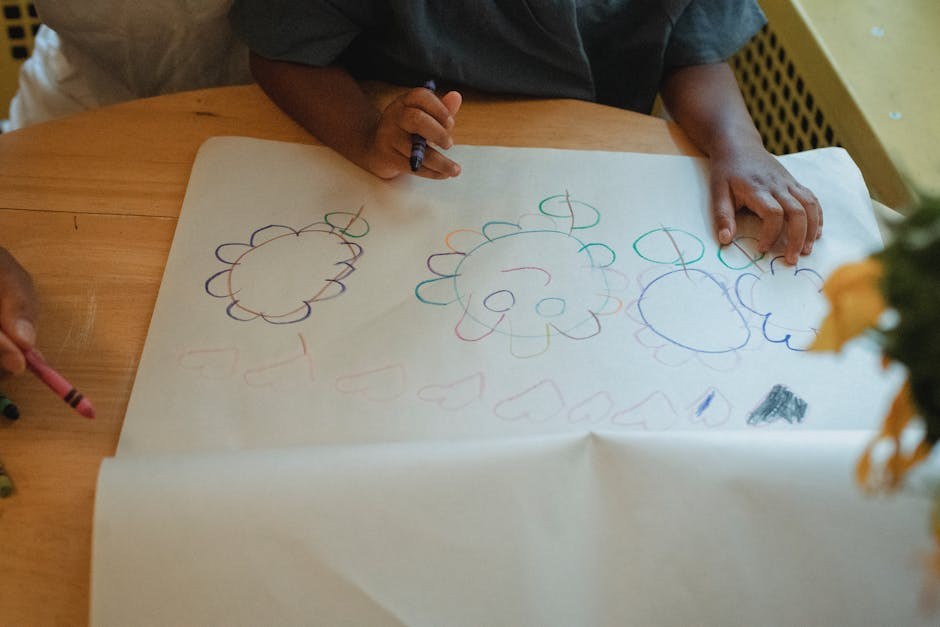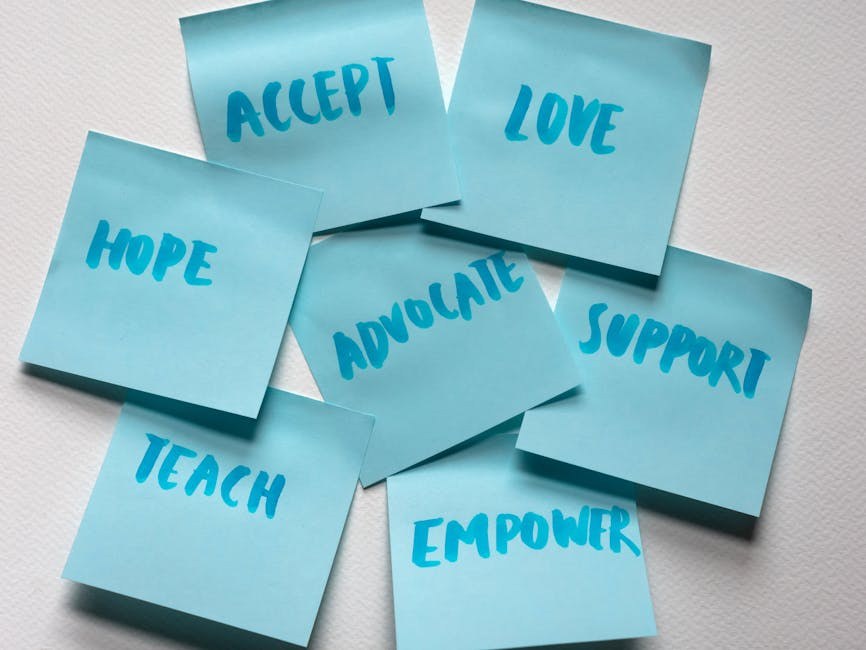Sexuality can be wonderfully messy – not in a chaotic sense, but in the way real people’s desires curve around experience, context, and curiosity. If you’ve never felt at home inside neat labels, if you’ve caught yourself exploring outside expectations, or if you’ve realized that what excites you doesn’t always align with who attracts you, you might identify as try-sexual. The term doesn’t point to a third box on a form; it reflects an appetite for exploration, an attitude that says I’ll try what genuinely interests me rather than accepting a prewritten script.
What “try-sexual” actually means
Despite the name, try-sexual has nothing to do with “tri” or a fixed trio of identities. It uses the everyday verb “try” – to sample, to experiment, to approach intimacy with a willingness to learn. Someone who is try-sexual may have a primary attraction pattern – for instance, mostly to men or mostly to women – yet still feel drawn to experiences, practices, or dynamics that don’t fit that pattern. The core idea isn’t about tallying partners by gender; it’s about how open you are to sexual experiences that fall outside your usual lane. If that openness sounds familiar, the try-sexual label might describe you.
How try-sexual differs from other labels
People often compare try-sexual to bisexual or bi-curious, but the focus is different. Bisexuality typically centers on attraction to more than one gender. Bi-curiosity often describes an interest in seeing what those attractions feel like in practice. By contrast, a try-sexual outlook emphasizes a wider lens – not simply who but also what and how . If a person is drawn to a specific act, role, or scene regardless of the partner’s gender, that curiosity can be try-sexual in spirit. If you recognize yourself in that broader perspective, you may already see how try-sexual maps onto your experiences.

Attraction to bodies vs. attraction to acts
Many people discover that physical attraction and attraction to particular activities don’t always travel together. For example, someone can feel strongly attracted to a certain body type while also being captivated by an act often associated with partners of another gender. That blend doesn’t have to be confusing. It can point to a try-sexual approach – the recognition that desire sometimes follows the act, the mood, or the dynamic more than it tracks the person’s gender.
Why a try-sexual mindset develops
Curiosity is a powerful force. Exposure to conversations about pleasure, consent, and kink; the natural evolution of long-term relationships; or simply aging into a fuller sense of self – all of these can widen the map. A try-sexual person is not rebelling for its own sake. Rather, they value discovery, adjust to changing tastes, and accept that sexual identity can be nuanced. If that feels like your inner compass, the try-sexual descriptor may offer language for what you already live.
Clues that you may be try-sexual
These signs are not a checklist you must finish. Desire is personal, and you don’t have to identify with every point to see yourself reflected here. If several resonate – or if you feel a steady tug of recognition – you might find that try-sexual fits more naturally than other labels.

-
You’re drawn to certain acts more than certain bodies
Maybe the tug you feel is toward a specific practice rather than a particular gender. You could fantasize about an act commonly linked with same-gender encounters but feel little pull toward romantic intimacy with that gender. That split doesn’t invalidate your usual attractions; it highlights how desire sometimes follows the script of an activity. If this pattern recurs, it points toward a try-sexual orientation – one that privileges the experience itself.
Instead of debating labels, notice your responses: what images linger, what fantasies return, and which scenes you revisit in your mind. That reflective habit – paying attention to genuine responses rather than default categories – is a hallmark of a try-sexual outlook.
-
Your history spans a wide range of experiences
Perhaps your journey has included a little bit of everything: role play here, kink there, a group scenario once, and a tender, slow evening just as memorable. These diversions rarely “just happen.” They suggest deliberate curiosity – a willingness to seek out new terrain. If your past looks like an evolving sampling rather than a narrow path, that adventurous arc is consistent with a try-sexual temperament.

Variety alone doesn’t define anyone, of course, but choosing variety – repeatedly and enthusiastically – aligns with the spirit of try-sexual exploration.
-
Your tastes in erotic media keep expanding
Plenty of adults explore arousal through erotic media. What sets a try-sexual viewer apart is the way preferences shift over time, moving away from plain-vanilla content toward themes that focus on roles, dynamics, or acts you once overlooked. You might even enjoy watching scenarios you wouldn’t recreate in life – not because they’re forbidden, but because the fantasy itself is the appeal. That flexible, exploratory consumption mirrors a try-sexual mindset.
Crucially, fantasy is its own space. Enjoying a scenario on a screen doesn’t obligate you to enact it – and recognizing that distinction often helps try-sexual people navigate curiosity without self-judgment.
-
You say “yes” to new ideas more than you expected
Maybe a partner proposes something you’ve never considered. You pause, weigh your boundaries, and suddenly find yourself intrigued. Consent remains essential – enthusiasm only counts when it’s freely given – but your default stance trends open rather than closed. That reflexive interest in what’s unfamiliar is classic try-sexual energy.
When curiosity leads, you might discover that unfamiliar doesn’t mean unappealing. In time, today’s experiment can become tomorrow’s favorite – a living example of how try-sexual desire evolves.
-
Romance and arousal don’t always match
Perhaps you can watch same-gender intimacy on screen and feel intensely aroused, yet romantic affection in that context leaves you cool. Or the reverse: you appreciate affectionate scenes but only certain acts truly spark your body. The mismatch can confound people who expect a tidy overlap between love and lust. For a try-sexual person, however, that divergence simply reflects a different wiring – one where specific experiences carry more charge than a partner category.
Seeing this clearly can be liberating. It lets you accept that a try-sexual pattern is valid without forcing your attractions to line up with someone else’s template.
-
Your preferences evolve quickly – and keep evolving
Desire can be seasonal. One month you’re fascinated by power exchange; the next you crave softness and unhurried connection. Later, a group dynamic captures your imagination, and then you circle back to something simple and tender. That ongoing rotation isn’t fickleness; it’s the natural rhythm of a try-sexual curiosity that refuses to get stuck.
When you look back over time, you might see arcs and cycles – ideas that return with new flavor, practices that fade only to reappear later. This flexibility is characteristic of a try-sexual identity that treats sexuality as a living, adaptive part of you.
-
Skill and compatibility matter more than appearance
You value partners who share your curiosity, communicate clearly, and meet you where you are. A stunning face loses shine if the person avoids conversation about boundaries or resists trying anything new. By contrast, someone who listens well, respects limits, and explores alongside you becomes deeply attractive. That emphasis on compatibility over ornament echoes a try-sexual priority: how we connect – and what we create together – matters more than surface sparkle.
If you’ve chosen partners for their openness rather than their pedestal-ready looks, you may already be moving through the world as a try-sexual explorer.
-
You chase thrills but don’t cling to them
Anticipation fires you up. You might spend weeks imagining a particular scene, finally plan it, perform it a few times, and then – as your curiosity is satisfied – feel your interest drifting elsewhere. That isn’t boredom with your partner so much as a try-sexual rhythm: you delight in novelty, learn from it, and then look for the next horizon. The engine isn’t shock for shock’s sake; it’s the joy of discovery.
Handled thoughtfully, this pattern can be healthy. With communication, you can keep novelty alive while honoring your partner’s pace – a balance many try-sexual people consciously cultivate.
-
Your shock threshold is higher than most
Friends gasp at a story, and you find yourself nodding thoughtfully instead. You don’t equate unfamiliar with wrong. You understand that adults negotiate consent in many ways, and you can discuss unusual interests without panic. That blend of curiosity and calm is a signature of try-sexual maturity – the ability to hear about something new, ask questions, and decide whether it belongs in your world without moral whiplash.
This doesn’t mean everything suits you. It means you can evaluate ideas on their merits, a perspective many try-sexual people bring to their intimate lives.
-
Your erotic mood swings across styles and settings
On Monday your fantasies lean toward same-gender acts, on Tuesday you’re drawn to power play, by midweek you want gentle closeness, and on Thursday you’re daydreaming about a party vibe. That rotation may look chaotic from the outside, but it can feel perfectly coherent inside a try-sexual framework – your desires are responsive to context, energy, and the stories your mind spins.
Instead of treating this as a problem to fix, many who resonate with a try-sexual identity learn to track their cycles, communicate them to partners, and craft experiences that fit the week’s mood.
Making sense of a try-sexual identity
If these signs describe you, remember that try-sexual isn’t a test you pass. It’s a description you can borrow if it helps. You’re free to use it today and set it down tomorrow. The value lies in having language that reduces friction and invites honesty. A try-sexual label can do exactly that – it signals openness, curiosity, and a willingness to explore with care.
Consent, communication, and boundaries
Curiosity flourishes inside clear agreements. A try-sexual person thrives when they and their partner talk about limits, risks, aftercare, and what would make an experience feel safe and connected. That infrastructure may sound unsexy, but it’s the scaffolding that lets a try-sexual spirit play – the difference between a leap that lands well and a stumble that leaves bruises.
Handling mismatched appetites
What if your partner doesn’t share your level of curiosity? A try-sexual path doesn’t require endless novelty, and it certainly doesn’t excuse pressuring anyone. Many couples navigate differences by alternating who leads, finding middle-ground versions of a scene, or exploring fantasies through conversation and imagination instead of action. If your needs diverge widely, it helps to revisit expectations and renegotiate. A try-sexual identity can coexist with stability when everyone’s voice matters.
When the label helps – and when it doesn’t
Labels can offer relief: the moment you realize, I’m not confused; I’m try-sexual , shame often melts. Yet labels can also feel confining if held too tightly. The healthiest approach treats try-sexual as a tool, not a cage. Use it to explain your preferences, to find community, and to normalize exploration – then let your life remain bigger than any word. That flexibility is, in many ways, the most try-sexual move you can make.
Noticing your patterns without judgment
Self-inquiry helps keep curiosity grounded. Consider keeping a private log of what attracted you this month, what left you flat, and which experiences you want to revisit. Over time, patterns emerge – not to restrict you, but to give you a language for planning. A try-sexual person often benefits from this kind of gentle tracking, since their desires shift with mood, season, and relationship dynamics.
Resilience in the face of social expectations
It’s common to encounter raised eyebrows when you don’t fit familiar categories. Learning to hold your ground – to say, “This is what works for me, and here’s how we can keep it safe and caring” – is part of maturing as a try-sexual adult. Sometimes that means educating a partner; sometimes it means choosing people who already share your curiosity. Either way, your steadiness sends a clear message: openness is not chaos – it’s a mindful approach to pleasure.
Putting it all together
Think of try-sexual as a compass rather than a destination. It points you toward honest exploration and away from rigid scripts. If you recognized yourself in the clues above, you may find comfort in this identity – not because it adds a new rule, but because it removes several. A try-sexual path trusts your own feedback. It gives you permission to try something once, to try it again, to shelve it, or to bring it back later. That permission is, for many people, the beginning of a more authentic erotic life.
Do you need to “qualify” to call yourself try-sexual?
No gatekeepers needed. If certain elements resonate – even if only a handful – you can use the term. Some people dip a toe and step back; others swim joyfully in new waters for years. Both belong. A try-sexual identity doesn’t score you on quantity of experiences – it reflects your stance toward possibility. If that stance describes you, then try-sexual may be the most accurate shorthand you’ve found yet.
Finally, hold space for change. What feels true today can shift as you grow. You might embrace a try-sexual label now and later find another word that fits better – or none at all. That’s not indecision; it’s evolution. And evolution – attentive, consensual, curious – sits at the heart of what it means to be try-sexual.